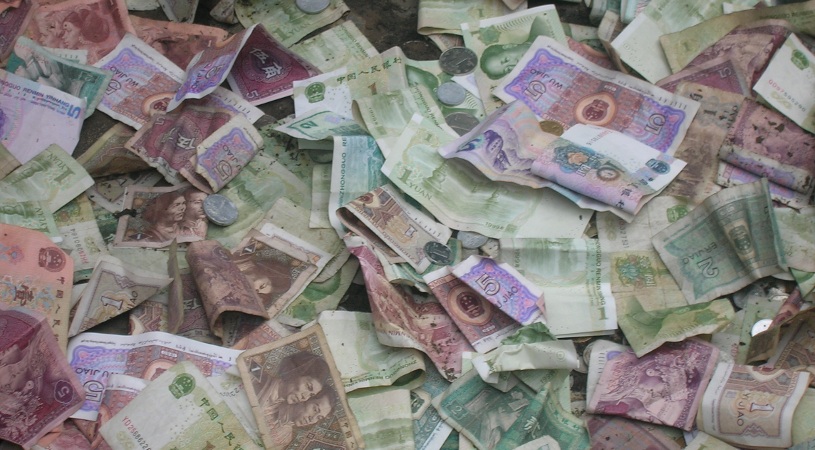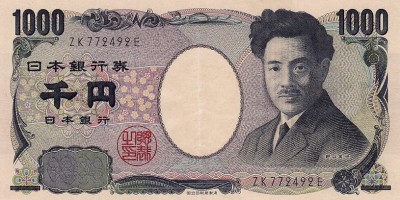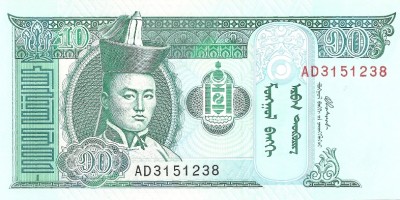Speaker of Parliament Z. Enkhbold recently tweeted an observation (see original tweet below) that seemed like an attempt to put the continuing depreciation of the Tugrik against the US Dollar in perspective. He posted a link to a Wall Street Journal article (here) about the Chinese Yuan experiencing a 0.9 percent decline in value against the Dollar since the beginning of the year.
He then noted that “the Tugrik is not alone in its fall.” The subtext of the tweet seemed to be that recent, sustained declines in the value of the Tugrik have been due to outside economic forces, which are also affecting the Chinese currency, rather than the result of domestic politics or economic policy over the last 12-18 months. But, there is a significant problem with his observation: magnitude.

Z. Enkhbold: ‘The Tugrik is not alone in its fall.
Since January 2013 the Tugrik has depreciated by almost 25 percent. The Yuan has appreciated over that same period approximately 2.75 percent (see graph below). Although the Yuan has experienced a 0.9 percent depreciation from its peak value since the start of 2014, the Tugrik has depreciated approximately 6.5 percent during the same period. These are such significantly different rates of change as to not even be comparable economic trends. To illustrate what I mean, let’s assume hypothetically both rates of depreciation continue to trend at the same pace until March 15, 2015. The Yuan will lose about 4.3 percent of its value against the Dollar. In contrast, the Tugrik will lose approximately 31.2 percent of its value, which means reaching an exchange rate of about 2,330MNT to 1USD! A year ago it was trading at 1,393MNT to 1USD.

The Tugrik to Dollar exchange rate is following a steep trend that started approximately 12 months ago (see graph below). This trend began well before the Yuan’s recent fluctuations, and it began primarily as the result of domestic politics and economic policy negatively impacting coal exports and Foreign Direct Investment (FDI). The Tugrik depreciation has also been significantly steeper and sustained over a longer period of time, whereas the Yuan seems to have already levelled off and may even begin to appreciate again. Although it may be politically appealing to spin the Tugrik’s depreciation as part of a wider market trend, the reality is that the Tugrik is following its own unique path that began many months ago at a very different level of magnitude from the Yuan.




